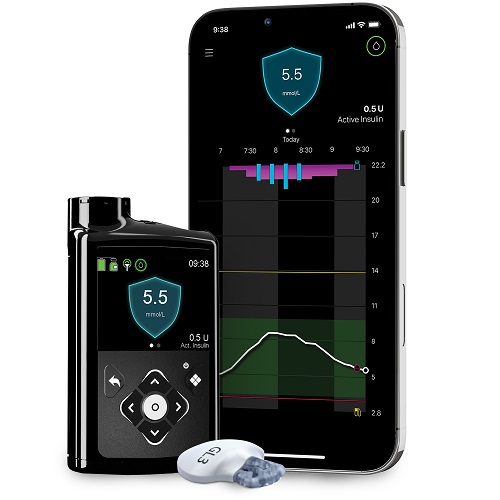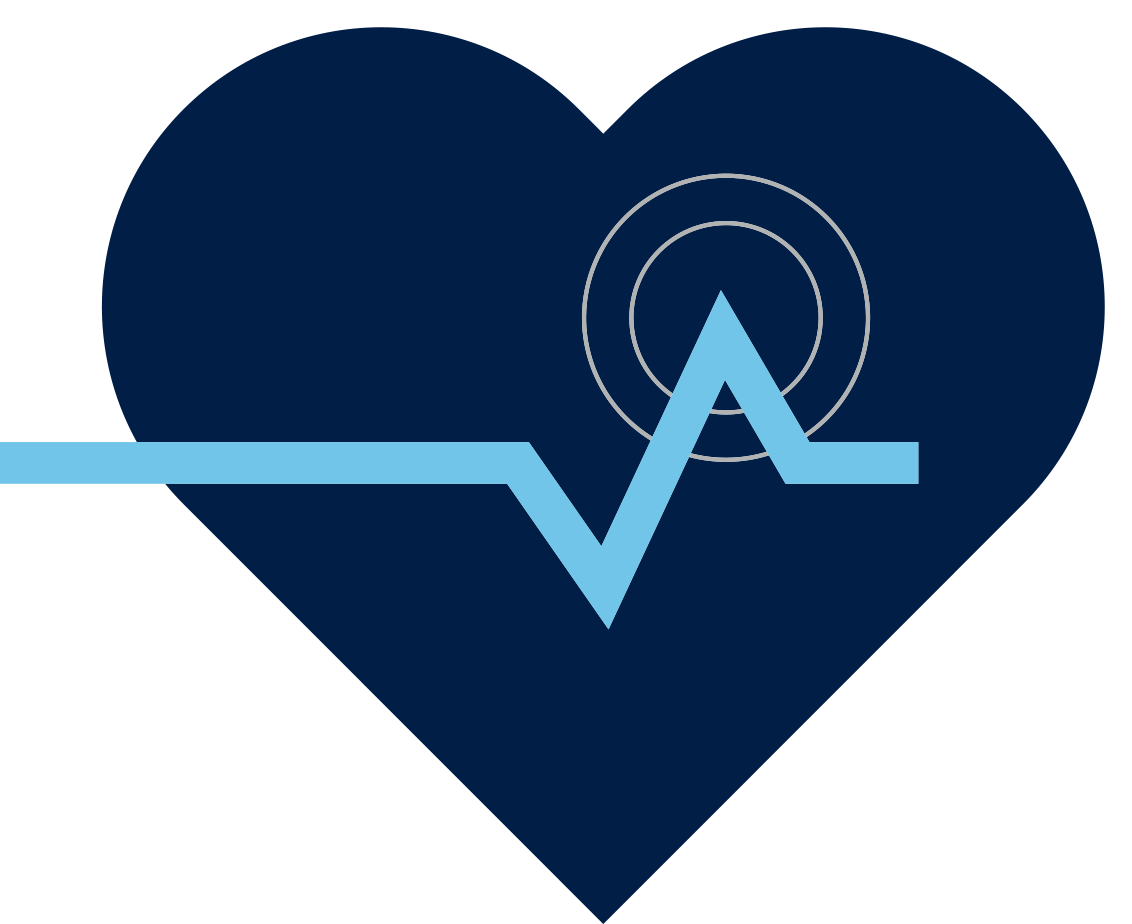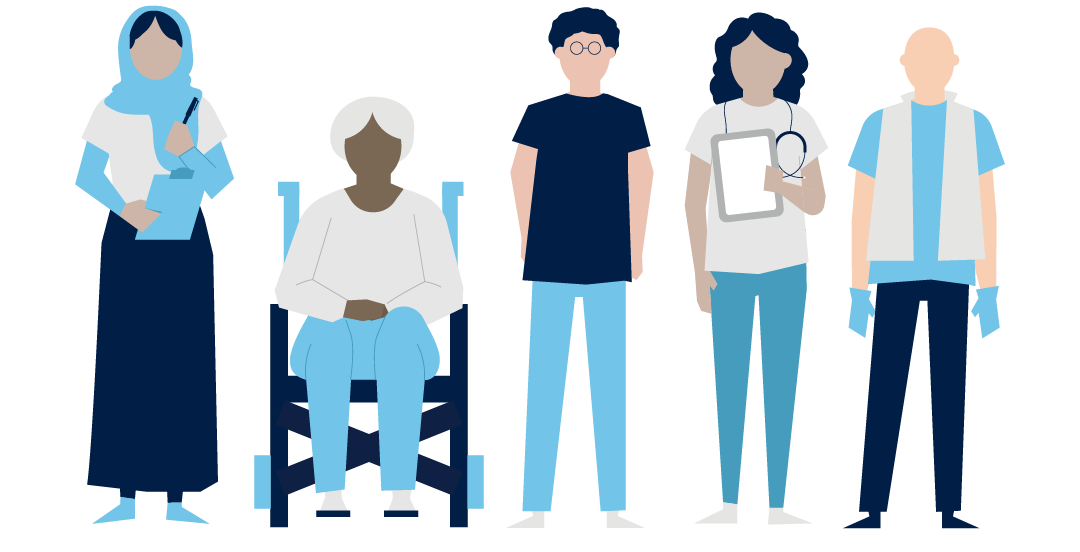
Stories
Living life to the fullest: Advanced diabetes management system is helping this retired nurse enjoy food again
Like many nurses, Fay Hopkins was used to shift work. However, what made the irregular hours especially challenging for Hopkins was having to manage her diabetes.
“It was hard to maintain a routine with meals,” says Hopkins, now 67 and partially retired. “People would bring in cookies or homemade food to share, and it was really hard to figure out the carb count in food I didn’t make and understand how much sugar was in something,” she explains.

When Hopkins was diagnosed with type-1 diabetes in her early thirties, she was put on insulin right away to help control her blood sugar levels. Like many people first diagnosed, Hopkins managed her condition with self-administered insulin injections. In those early days, Hopkins says her blood sugar was often in the high range, which can make it difficult to manage.
“It was really hard to keep track of my carb ratios doing shift work,” she says. “When you’re not eating meals at regular intervals, it’s difficult to manage your insulin intake.” For people living with diabetes, keeping track of carbohydrate intake — or carb counting — is an effective way to manage blood sugar, as insulin doses can be individually matched to the amount of carbs they eat or drink.
Intensive insulin management
Hopkins also experienced what she calls “pretty bad” incidents of low blood sugar before being referred to an endocrinologist who recommended Hopkins switch to an insulin pump to help manage her dosages. Hopkins started with a Medtronic pump more than 20 years ago and has taken advantage of each upgrade as they’ve become available.
In 2023, Hopkins started on the Medtronic MiniMed 780G System, the first and only system that automatically adjusts and corrects sugars every five minutes1. Its continuous glucose monitoring with Guardian Sensor (3) technology sends glucose readings to the pump, which calculates the correct insulin adjustments — helping the user to keep their sugars in target range.

Hopkins is not alone in finding carb ratios challenging: When tested on carb-counting, patients living with type-1 diabetes underestimate carbohydrates 63 per cent of the time2.
The MiniMed 780G monitors insulin needs based on real-time glucose data and personal trends so that it can smooth out highs and lows with precise corrections. “I don’t have to worry about when I eat,” says Hopkins. “It’s so nice not to have to stick to specific mealtimes.”
More time in optimal range
And Hopkins says she can go longer without eating and not have to worry about going low. “In other words, I don’t have to eat just because I have diabetes. If I’m not hungry, it’s okay not to eat,” she says. She relies on the MiniMed 780G Meal Detection technology, a component of advanced SmartGuardTM technology, which can identify if she is trending high or low to automatically deliver a correction dose of insulin and help bring her safely back in range.
“Since getting this system, I’ve been in range at least 90 per cent of the time,” says Hopkins. “It just takes the worry off.”
Removing the worry has transformed how Hopkins lives. Last year, she and her husband went on a 21-day cruise, and Hopkins felt free to sample all the cuisines she desired — something she would have found challenging before switching to the MiniMed 780G. “Now I can travel, change time zones, and not have to worry about my blood sugar going high or low because maybe I’m sedentary one day and more active the next,” she says.
The ups and downs of life itself
Freedom from having to calculate precise carb-counts isn’t the only way the system has helped improve Hopkins’ quality of life. Last year, during a stressful time when her father became ill and subsequently passed away, Hopkins’ insulin levels remained stable. “Even through everything, my time in range stayed really good,” she says. “Stress can affect the body and your blood sugar, and I discovered that even though there was a lot to worry about during that time, I didn’t have to worry about my diabetes.”
What’s more, through the MiniMed Mobile app, people living with diabetes can easily track their sugar levels and receive notifications of glucose highs and lows on their smartphone. CareLink software converts data into easy-to-understand reports for more meaningful appointments with health-care providers.
For Hopkins, the MiniMed 780G insulin pump system has been a game-changer. “I’m no longer constantly thinking about where my blood sugar is going to go,” she says. “So, it gives me more freedom to live my life the way I want to live it.”
1 Data on file from CIP 321: Pivotal Trial (Age 14-75). N=152. 2020; 16 US sites.
2 Brazeau 2012: accuracy of carb counting in adults.


